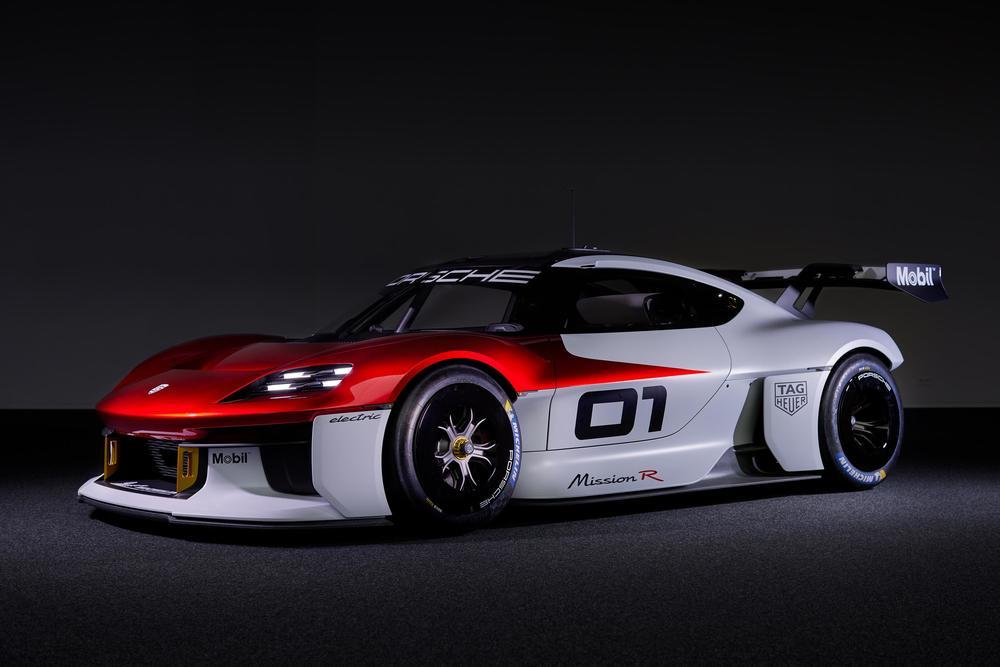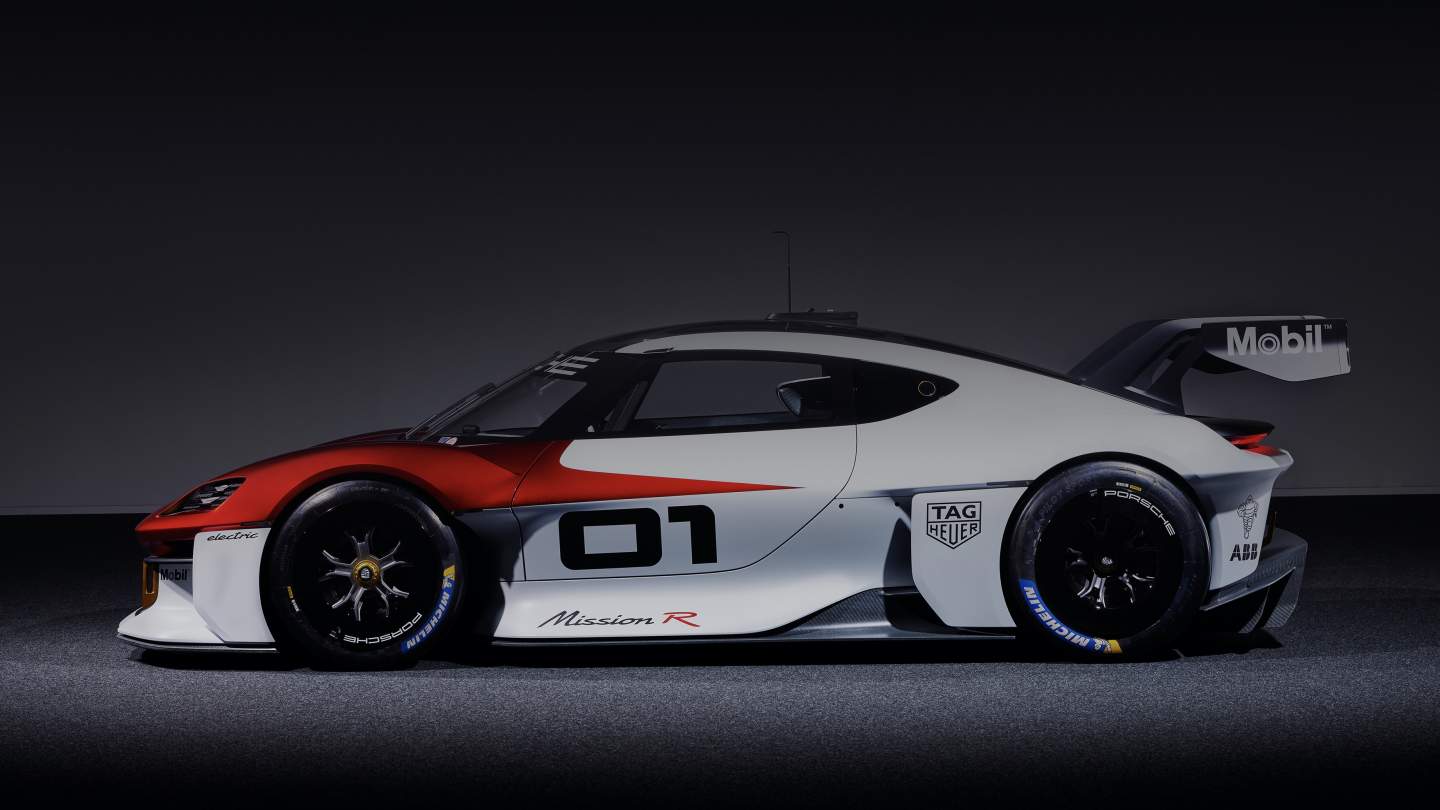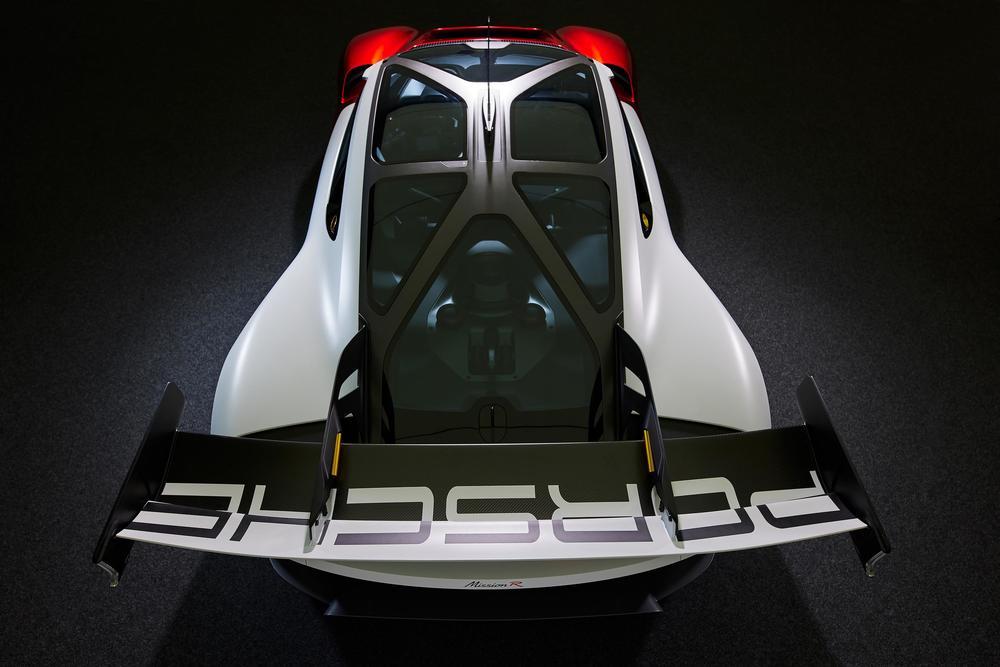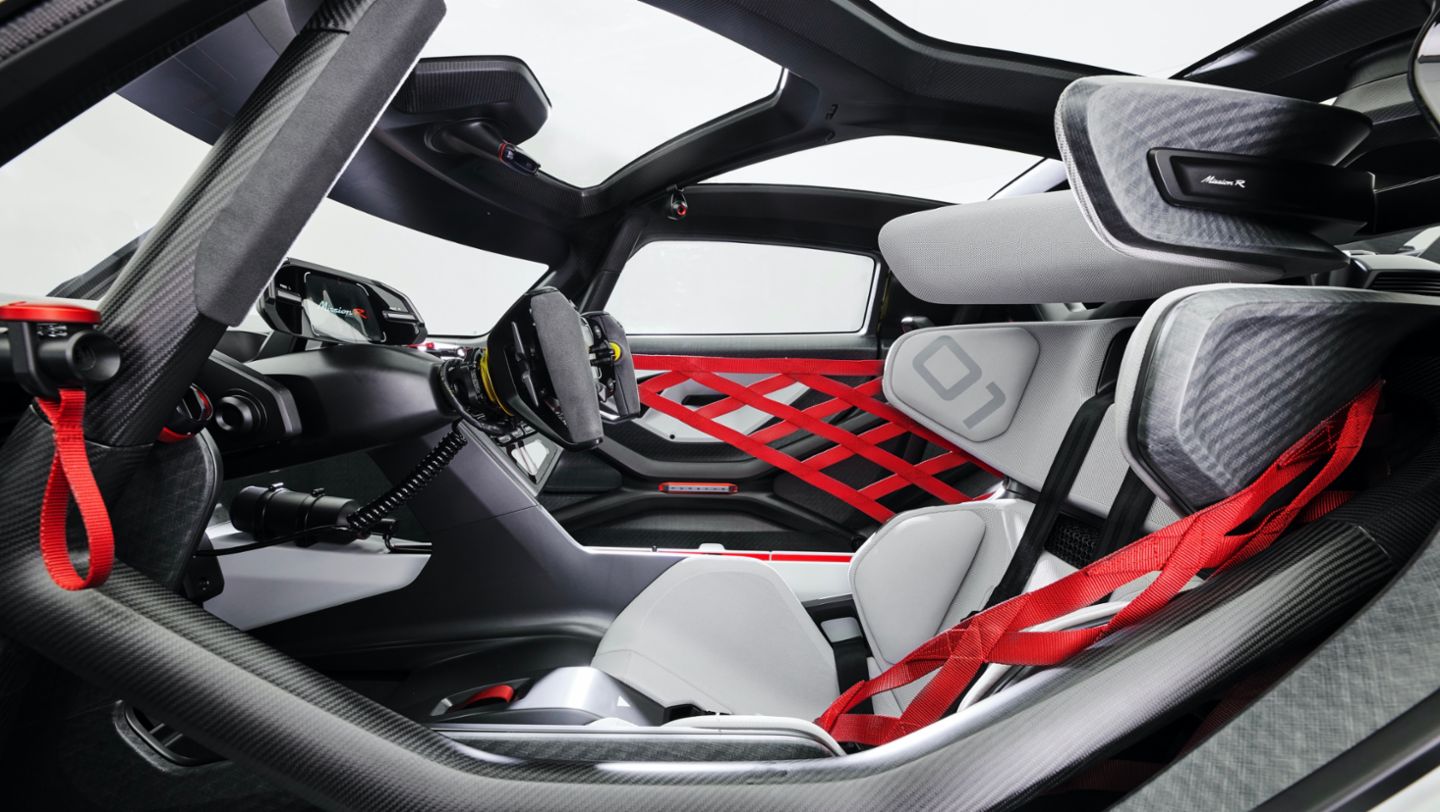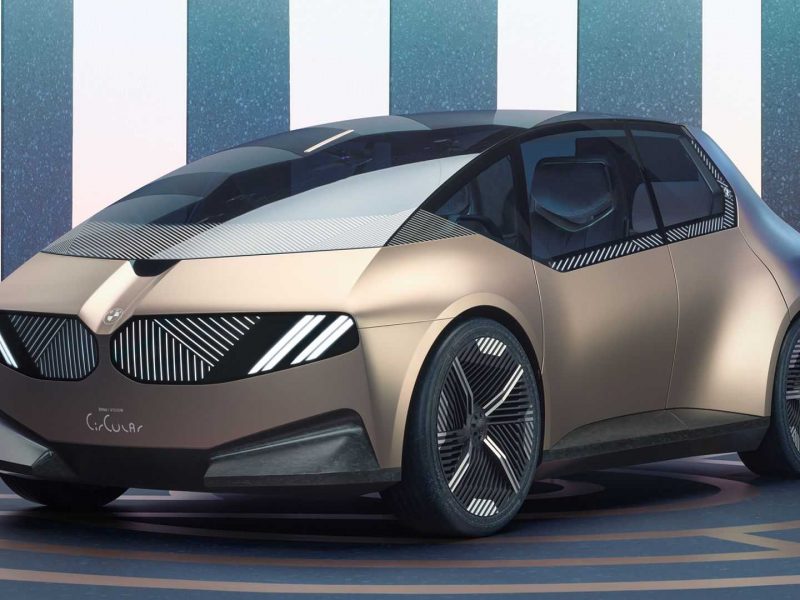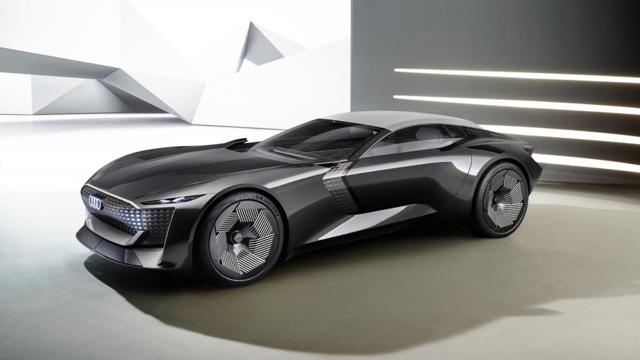At the rear, there is the signature Porsche light strip. It consists of a large number of illuminated vertical elements to the right and left of the lettering, which is also illuminated. The towing lugs at the rear are highlighted in colour, which is normal practice for racing cars. What makes them special is that they have been seamlessly integrated into the supporting structure of the vehicle. The charging connection for the battery is located in the middle of the rear window behind a flap.
At first glance, its extreme compactness is very apparent: it is 4,326 millimeters (170.3 inches) long and 1,990 millimeters (78.3 inches) wide. Characteristic of racing cars, the electric racer sits very low to the road (height: 1,190 millimeters (46.8 inches)). Its wheelbase is 2,560 mm (100.8 inches).
The narrowly shaped cabin reduces the frontal area of the racing car and contributes to its outstanding e-performance due to lower air resistance. Cameras are mounted on the edge of the roof as a digital replacement for conventional wing mirrors.
The colour concept is dominated by Porsche’s standard Carrara White Metallic satin finish. By contrast, the front bonnet and front wings are painted in a high-gloss bright metallic red. This new shade extends into the doors, where it ends with a dynamic sweep. The spoilers are black to provide a sharper contrast.
ue to the transparent surfaces of the exoskeleton roof (see body and chassis section), the silhouette of the Mission R appears even lower than it actually is. The purist design approach is defined by the sleek cabin (the greenhouse), the roofline that slopes sharply downward to the rear (the flyline) and the pronounced shoulders of the wings. Much like the Porsche Cayman, the window graphics (daylight opening) end at the C-pillar with a counter-sweep.
The A-pillars are black and visually blend the side window surfaces into a single unit, reminiscent of a helmet’s visor. Another characteristic Porsche feature is the curved windscreen, which extends slightly around the corners. Form follows function – the driver benefits from better all-round visibility as a result.

